Recently I have been working through a knee injury and running on the snow-packed/icy trails near my house has been a little scary to say the least. Even while trying to take it extremely slow and being extremely careful with each and every footfall, I have still slipped numerous times, but thankfully, I haven’t reinjured my knee. With those slips, it became very evident that if I was going to continue running the slick trails, I needed to find a solution to the loss of traction to prevent re-aggravating the injury.
 I had seen a product endorsed my Michele Yates, who is one of the top female ultra-runners in the world right now, called Ice Spikes. I asked Michele about them and she gave me a 20% off discount code and I immediately ordered them online. When ordering, you basically have two options: you can order an installation tool and set of 32 spikes (Deluxe Package) for $24.99, or you can simply order a set of 32 spikes without the tool for $18.99. The set of 32 spikes is enough for 12 spikes per shoe and 8 replacement spikes. Since I didn’t have the tool, I chose to purchase the Deluxe Package.
I had seen a product endorsed my Michele Yates, who is one of the top female ultra-runners in the world right now, called Ice Spikes. I asked Michele about them and she gave me a 20% off discount code and I immediately ordered them online. When ordering, you basically have two options: you can order an installation tool and set of 32 spikes (Deluxe Package) for $24.99, or you can simply order a set of 32 spikes without the tool for $18.99. The set of 32 spikes is enough for 12 spikes per shoe and 8 replacement spikes. Since I didn’t have the tool, I chose to purchase the Deluxe Package.
Upon receiving the Ice Spikes, installation was super easy and only took approximately 20 minutes on my Vasque Pendulums with these three quick and easy steps:
[caption id="attachment_36" align="alignleft" width="162"]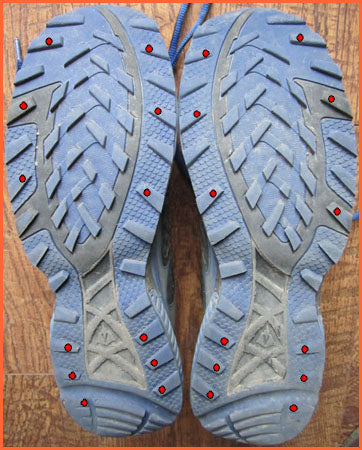 Step 1[/caption]
Step 1[/caption]
Step 1: Measure and mark the locations on the soles with a Sharpie. Keep the spikes a minimum of 1 ½” from the toe and 3/8” from the sides.
Step 2: Once the locations were marked (6 on front of shoe and 6 on heel), I used a thumbtack to pierce the sole in each location to make it easier to begin threading the Ice Spike.
[caption id="attachment_37" align="alignright" width="141"] Step 2[/caption]
Step 2[/caption]
Step 3: Screw in the Ice Spikes using the tool (¼” nut driver) until the face of the screw is flush with the sole – no need to over tighten.
It’s that simple. You are ready to rock!
I couldn’t wait to put them to the test and the next morning I was at the trailhead where I do the majority of my winter time running. As soon as I stepped onto the frozen ground, I could hear the spikes grabbing and biting into the frozen tundra. This particular run that I would be testing them on was 9.5 miles and approximately 50% of the trail was bare dirt with lots of exposed rock, while the other 50% was ice/snow packed snow. This loop would be a great test for the Ice Spikes considering I run it on a regular basis and was well familiar with the three sections of the trail where I normally lose traction and slip.
[caption id="attachment_38" align="alignleft" width="250"] Step 3[/caption]
Step 3[/caption]
The three sections consisted of a small incline on a north-facing slope, a sloped section of the trail thru heavy timber and another incline coming out of a ravine. Because the run is a loop that I run numerous times, I would pass through each of these sections a total of three times during the entire run. With the Ice Spikes, I did not have a single loss of traction in any of these locations. I was impressed!
That night it snowed and the next morning the trails had a couple inches of fresh powder on them. By the time I hit the trail on the second day of testing, there had been a fair amount of hikers/walkers that had beaten the snow down a bit, but it was still a very loose snow. Once again, I was amazed at how well the Ice Spikes did even in the loose snow. On the sections of trail that had the deeper powder, my feet would only slip slightly until the spikes grabbed traction underneath it.
At this point, I was thoroughly impressed with the bite that these small spikes offered. They had turned my Vasque Pendulums into ice eating machines! The only question now was durability. Considering the amount of dirt and rock on the trail the first day, I honestly expected at least one of the spikes to be missing at the conclusion of my runs, but they were all intact after the 19 miles. According to Ice Spike’s website, an average runner should get around 500 miles out of a set of Ice Spikes.
In conclusion, if you have a minimalistic mindset (like I do) and don’t like gadgets strapped to your shoes, Ice Spikes are your answer. Going forward, all of my winter trail runs will be done with shoes equipped with these bad boys!
[caption id="attachment_39" align="alignnone" width="640"] The Finished Product
The Finished Product[/caption] Update: 2/13/14 I now have over 150 miles on the Ice Spikes and have yet to lose a single spike.






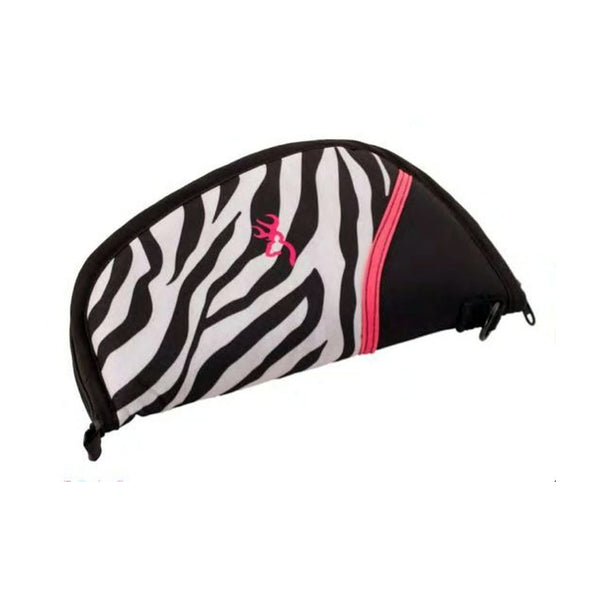
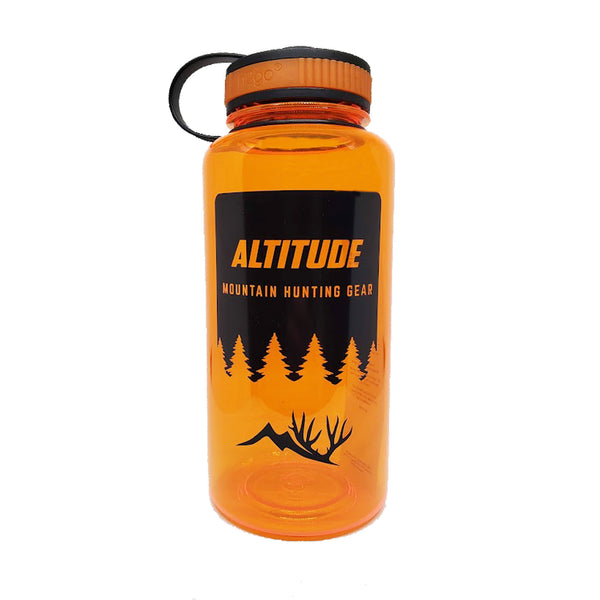
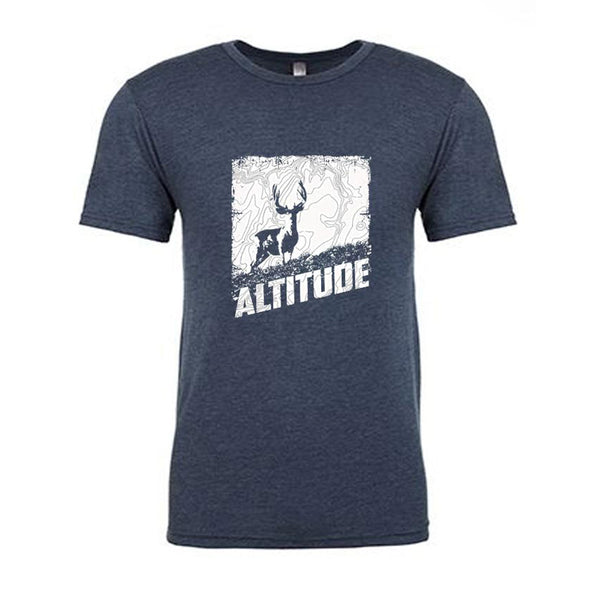

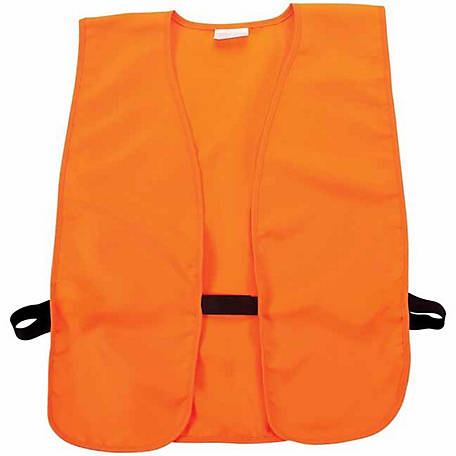
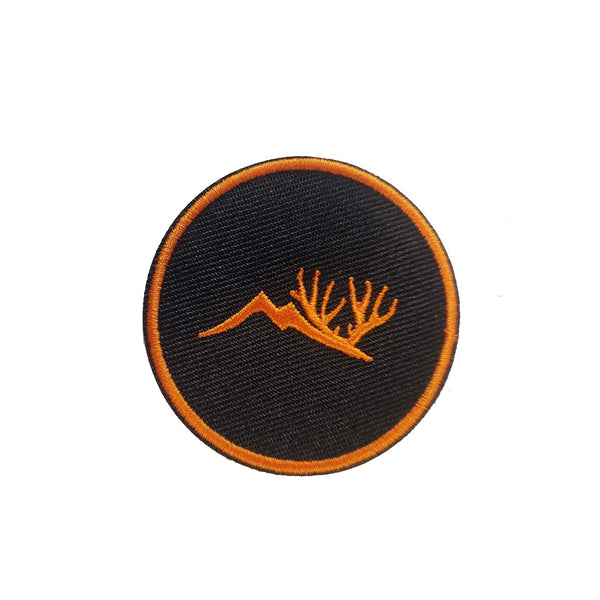







Leave a comment